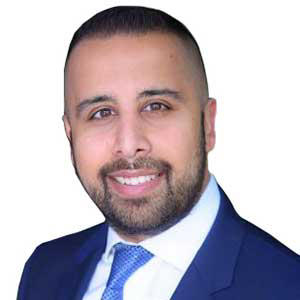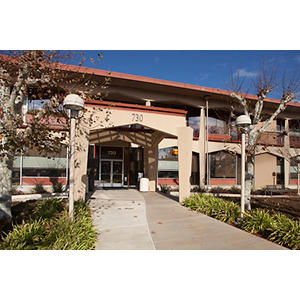
Shikib Mostamand, MD
Clinical Associate Professor
Gastroenterology
“My goal for every patient is to achieve their best possible life.”
Mi acercamiento
I have always been fascinated by the gastrointestinal system and how every organ works together to fulfill digestion. Eating and digestion are so ingrained in our daily livessocially, culturally, holisticallythat when there is a disorder, it can profoundly impact our well-being.
I am committed to helping children achieve the highest quality of life possible in a way that best fits with their values, goals, and needs. While there isnt always a cure, I partner with families in an open and honest way to improve their childs digestive health so they can feel better and fully engage in the life they endeavor for.
I treat a wide range of gastrointestinal conditions from common to rare, with a special interest in motility, colorectal, and gut-brain axis (functional) disordersincluding conditions that can be improved by surgery or incorporating comprehensive evidence-based therapies.
Localización

730 Welch Road, 2nd Fl
Palo Alto, CA 94304
Mapas, direcciones y estacionamiento
Teléfono : (650) 721-2250
Fax : (650) 721-3822
Trabajo y educación
Virginia Commonwealth University School of Medicine, Richmond, VA, 5/17/2013
Phoenix Children's Hospital Pediatric Residency, Phoenix, AZ, 6/30/2016
Children's Hospital Los Angeles Pediatric Gastroenterology, Los Angeles, CA, 6/30/2019
Pediatric Gastroenterology, American Board of Pediatrics, 2019
Pediatrics, American Board of Pediatrics, 2017
Idiomas
Dari
English
Spanish
Conéctese con nosotros:
Descarga nuestra App: